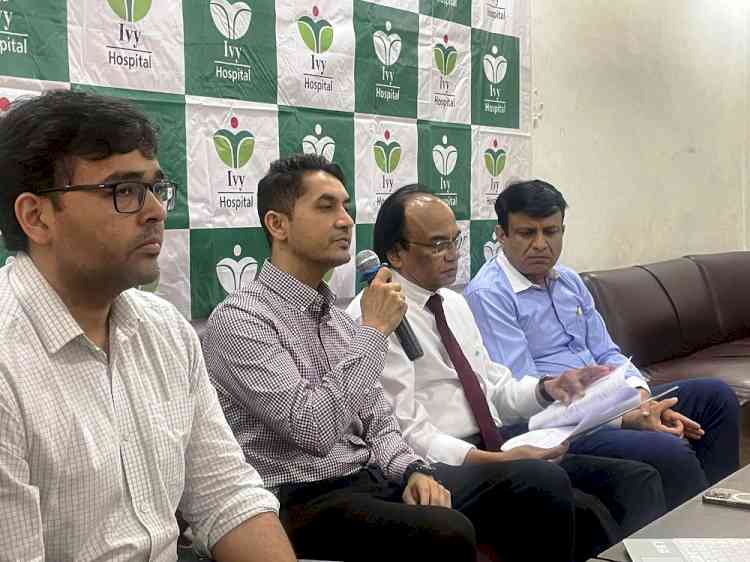INDIAN SHIPPING INDUSTRY Unlikely To Revive Till 2015
Author(s): India RatingsMumbai, January 31, 2013: India Ratings has maintained a negative outlook for the Indian shipping industry for 2013. Capacity overhang brought about by the low levels of international trade and fleet additions are...

Mumbai, January 31, 2013: India Ratings has maintained a negative outlook for the Indian shipping industry for 2013. Capacity overhang brought about by the low levels of international trade and fleet additions are likely to keep freight rates muted across the primary segments of dry bulk, tankers and container carriers in 2013.
While dry bulk rates will continue to be impacted in 2013 due to high capacity additions, container and tanker rates may exhibit greater stability around the current low levels driven by relative stability in US demand as well as in manufacturing activity in emerging nations including China.
The operating margins of shipping companies globally would continue to be under pressure in 2013 as they would be faced with high fuel costs on one hand and muted revenue (due to low charter rates) on the other. Bunker fuel prices (up to 40% of operating costs) would likely remain high in line with crude prices.
Considering the global nature of the shipping industry, Indian companies would also continue to be impacted by global trend in low freight rates. This is because cabotage regulations only provide them the first right of refusal for freight routes along coastal waters or involving freight movements for government companies.
Reduced profitability in 2013 is likely to hamper the debt repayment ability of Indian shipping companies, particularly those that embarked on large debt-fuelled capex plan around 2007-2008 when asset valuations had peaked. Considering that banks globally and in India continue to be wary of lending to the shipping sector, debt refinancing would also be a challenge. Indian companies whose vessels are deployed locally but who have availed foreign currency debt will also face difficulty in debt servicing, considering that the rupee has depreciated sharply against other currencies in the past two years.
The recent recovery of around 17% in the Baltic Dry Index from 31 December 2012 to 23 January 2013 was brought about by a temporary surge in freight demand by Chinese steel companies for re-stocking of iron ore and coal ahead of the Chinese New Year in February. This trend is therefore unlikely to be sustained and the Index level may decline from the current levels in subsequent months. Although China has announced large-scale infrastructure projects which could lead to increased commodity imports in the medium term, the high net capacity additions in 2013 and 2014 in the dry bulk segment would keep rates under pressure in this period.
Although crude oil imports by China are steadily increasing, freight rates in the tanker market would remain muted in 2013 given the likely lower US imports in the year. A steady reduction in crude oil imports by the US (the largest importer of crude oil) kept freight rates muted in 2012 (besides overcapacity).
Container rates would also remain low for 2013 as Chinese exports of manufactured goods are not likely to revive significantly. The container segment witnessed low freight rates in 2012 due to a sharp fall in exports from Asia to Europe despite shipping companies forming alliances to curtail capacity and prop up freight rates.
Indian shipping companies that are largely into offshore exploration and drilling are likely to maintain their credit profiles at the current levels. Charter rates in the offshore segment comprising oil rigs and support vessels remained high in 2012, supported by increased offshore exploration and drilling activity, which in turn is driven by persistently high crude prices. Another category where the credit profiles would remain unaffected by prevailing low rates comprises companies that operate on a cost-plus business model with predictable cash flows.
A change in the outlook to stable is unlikely till 2015 considering the global overcapacity which the agency believes will persist in the medium term. With large additions to the global fleet likely in 2013, a meaningful revival in charter rates led by an uptick in global trade (if any) is unlikely during the year. India Ratings expects capacity additions to taper down significantly in 2015 as companies align capacities to demand levels which could then prompt an outlook change.
India Ratings believes that in 2013 the outlook is more likely to be affected by individual corporate actions such as equity issuances (highly unlikely given the existing equity market conditions) and deferral of capex plans, or company-specific situations such as being in a less competitive niche.
A full outlook report, '2013 Outlook: Indian Shipping Sector’, is available at www.indiaratings.co.in.
(Source: Corporate Communications and Investors Relations)

 cityairnews
cityairnews 















